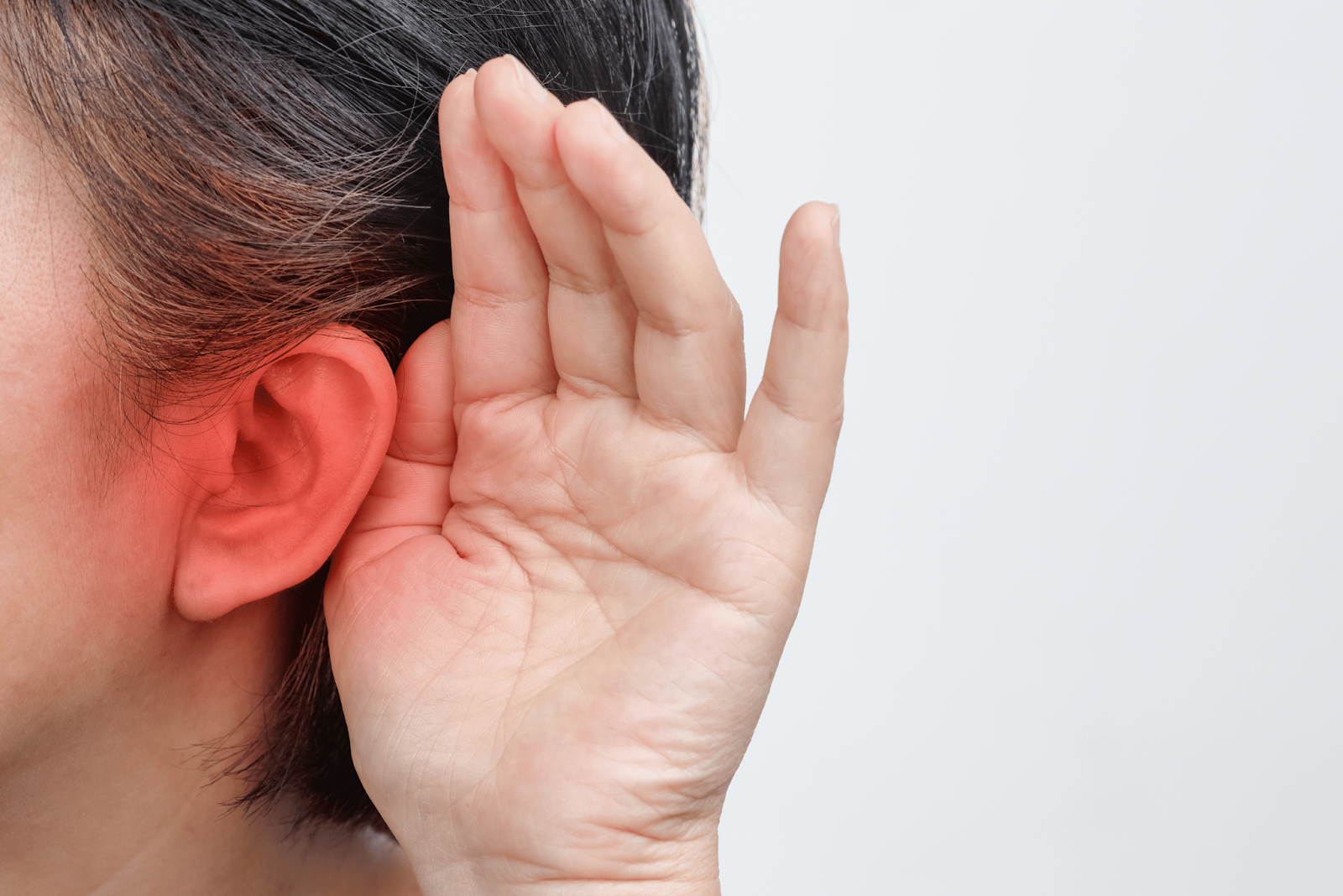Understanding Hearing Loss: Key Insights into Causes, Symptoms, and Treatment Choices

Hearing loss is a prevalent condition that affects millions of individuals worldwide, transcending age, gender, and socioeconomic status. Understanding the various aspects of hearing loss, including its causes, symptoms, and treatment options, is crucial for early intervention and effective management. This article aims to provide key insights into hearing loss to promote awareness and understanding.
Causes of Hearing Loss
Hearing loss can be categorized into three main types: conductive, sensorineural, and mixed hearing loss. Each type has distinct causes and implications for treatment.
1. Conductive Hearing Loss
Conductive hearing loss occurs when sound waves cannot effectively travel through the outer ear canal to the eardrum and the tiny bones of the middle ear. Common causes include:
- Ear Infections: Chronic otitis media can lead to fluid buildup, impacting hearing.
- Eardrum Perforation: Injury or infection can create a hole in the eardrum, disrupting sound transmission.
- Blockages: Wax buildup or foreign objects lodged in the ear canal can obstruct sound.
- Otosclerosis: Abnormal bone growth around the middle ear can hinder the movement of the ossicles.
2. Sensorineural Hearing Loss
Sensorineural hearing loss results from damage to the inner ear (cochlea) or the auditory nerve pathways to the brain. This type is often permanent and can be caused by:
- Aging: Presbycusis, or age-related hearing loss, affects many older adults due to natural degeneration of the auditory system.
- Noise Exposure: Prolonged exposure to loud sounds can damage hair cells in the cochlea.
- Genetic Factors: Inherited conditions can predispose individuals to hearing loss.
- Illness: Certain diseases, such as meningitis, can lead to sensorineural hearing loss.
3. Mixed Hearing Loss
Mixed hearing loss is a combination of conductive and sensorineural hearing loss, indicating that multiple factors may be at play. Treatment for this type often requires addressing both components.
Symptoms of Hearing Loss
Identifying the symptoms of hearing loss is crucial for early diagnosis and intervention. Common signs include:
- Difficulty Hearing Conversations: Individuals may struggle to follow conversations, especially in noisy environments.
- Frequently Asking for Repetitions: A tendency to ask others to repeat themselves can be a key indicator.
- Muffled Sounds: Sounds may seem unclear or muffled, leading to misinterpretation of spoken words.
- Tinnitus: Ringing or buzzing in the ears can accompany hearing loss, further complicating auditory perception.
- Withdrawal from Social Situations: Individuals may avoid gatherings due to difficulty in communication.
Diagnosis of Hearing Loss
Accurate diagnosis of hearing loss typically involves a comprehensive evaluation by a healthcare professional, often an audiologist. The evaluation may include:
- Hearing Tests: Audiometric testing assesses the type and degree of hearing loss.
- Medical History Review: Understanding the patient’s medical background can provide insight into potential causes.
- Physical Examination: A thorough examination of the ear canal and eardrum may reveal underlying issues.
Treatment Choices for Hearing Loss
Treatment for hearing loss depends on the type, severity, and underlying causes. Several options exist to enhance hearing and improve quality of life.
1. Hearing Aids
Hearing aids are the most common treatment for sensorineural hearing loss. These electronic devices amplify sounds and can be customized to meet individual needs. Types of hearing aids include:
- Behind-the-Ear (BTE): These sit behind the ear and are suitable for various levels of hearing loss.
- In-the-Ear (ITE): These fit within the outer ear and are discreet but may be more susceptible to wax buildup.
- Receiver-in-Canal (RIC): These have a small receiver that sits in the ear canal for a more natural sound experience.
2. Cochlear Implants
For individuals with severe to profound sensorineural hearing loss, cochlear implants may be an effective solution. These surgically implanted devices bypass damaged portions of the ear and directly stimulate the auditory nerve.
3. Medications and Surgery
In some cases, medications can address the underlying causes of hearing loss, such as infections or inflammation. Surgical options may include tympanoplasty for eardrum repair or stapedectomy for conditions like otosclerosis.
4. Assistive Listening Devices
For those with mild hearing loss, assistive listening devices such as FM systems and personal amplifiers can enhance sound quality in specific settings.
Conclusion
Understanding hearing loss is essential for recognizing its impact on individuals and society as a whole. By identifying the causes, symptoms, and available treatment options, individuals can take proactive steps to manage their hearing health. Early intervention not only improves auditory function but also enhances overall quality of life. If you or someone you know is experiencing signs of hearing loss, seeking professional evaluation is crucial for timely diagnosis and treatment.



